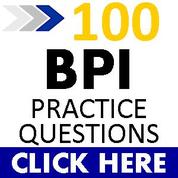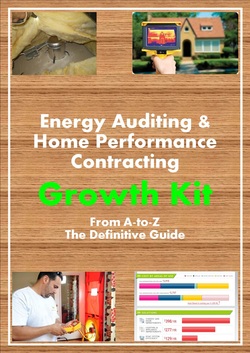Passing the BPI Exam With Energy Auditor Training
BPI PRACTICE EXAMPUT YOUR HOME PERFORMANCE BUSINESS ON ROCKET FUEL |
BPI Written Exam - Section 2 Buildings and Their Systems
This is one of the core themes of building science's, "house as a system" principles.
Next Section2a. Building Components
2b. Conservation Strategies
2c. Comprehensive Building Assessment Process
2d. Design considerations
|

